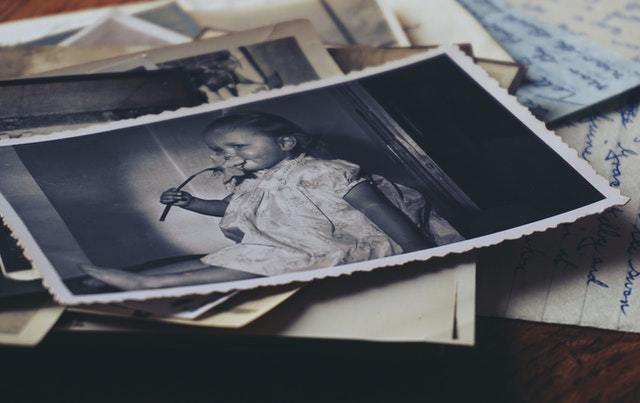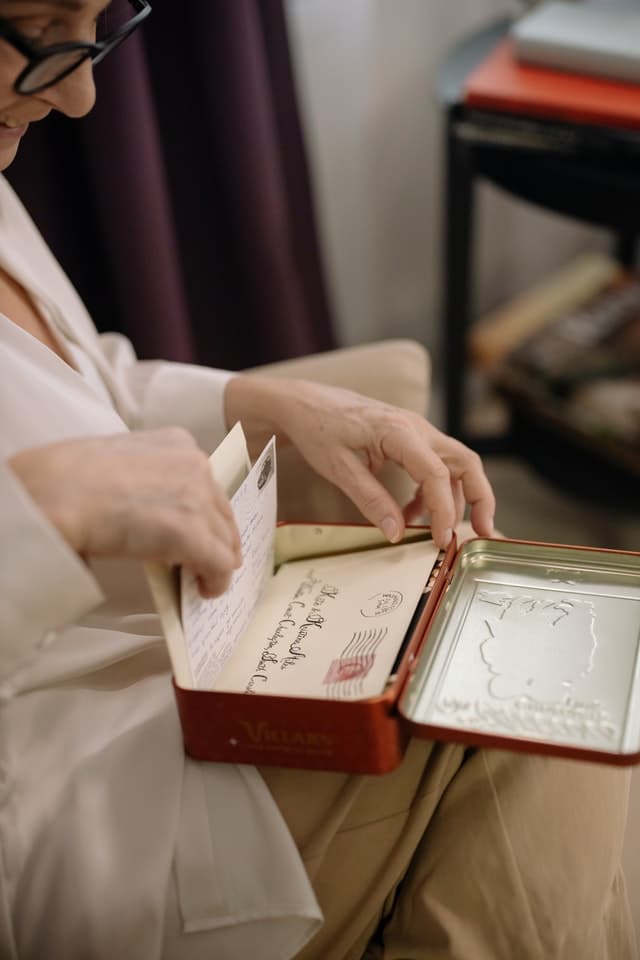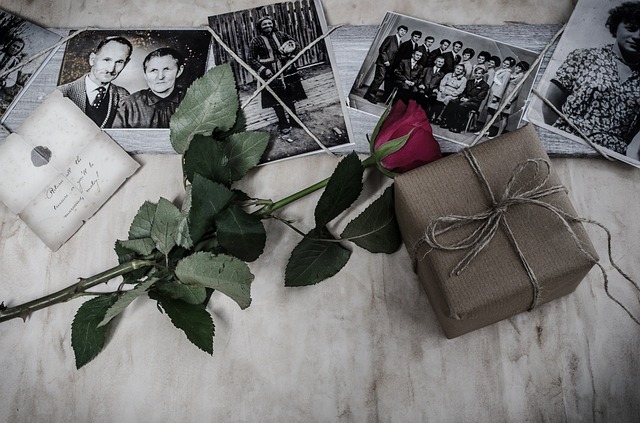
How to Combine Historical Research with Family History to Create a Riveting Nonfiction Book
HOW TO COMBINE HISTORICAL RESEARCH WITH FAMILY HISTORY TO CREATE A RIVETING NONFICTION BOOK
The history of your family is about much more than names, dates, and places.
It can be difficult, however, to compile a family history that’s more than just a dry recounting of bare facts without access to the holy grail of the family historian: things like diaries, letters, memoirs, and oral histories.
Luckily, there are other ways to fill in between the lines of your family tree.
Combining historical research with more basic genealogical research is an excellent way to add color, depth, and context to the lives of your ancestors and craft a family history that future generations will enjoy for years to come.
Genealogy Versus Family History

When you think of family history, your mind probably goes straight to genealogy. And while the two terms are often used interchangeably, there are important distinctions we are making in this article.
Genealogy is the pursuit of lineage, genetic connections between individuals that span centuries and are most commonly illustrated through a family tree.
Family history goes deeper, incorporating historical research and storytelling to allow future generations to understand their forebears and the formative events of their lives on a more profound level.
A family tree typically includes names, dates, and places of birth and death. A family history will also include your ancestors’ biographies, descriptions of the towns they lived in, personal anecdotes, historical context, and a recounting of the events and experiences that shaped the course of their lives.
Many people conduct genealogical research themselves, while others hire a genealogist to help them navigate the endless resources and rabbit holes that are an inevitable part of genealogical pursuits.
Likewise, some individuals seeking to compile a family history may choose to hire a ghostwriter to help them arrange their genealogical and historical research into a well-organized and compelling narrative.
Why Historical Research Is Important to a Family History
Provides Depth and Context
Your ancestors’ lives, just like our own, were shaped by the events and customs of their place and time.
Doing research into the history of the towns where they lived, the wars or natural disasters that took place during their lifetime, and even the popular fashions and cuisine of the time can tell you a lot about their day-to-day lives.

For instance, let’s say you’re interested in sketching out a biography of your great-grandmother Loretta but living relatives have little knowledge of her life before the age of thirty.
Your genealogical research, using vital records and census data, shows that Loretta was born in Mississippi in 1895 and that her father was a sharecropper.
This is where historical research comes in. Basic research into the area where Loretta was born can give you information, such as the population and demographics of her hometown.
Local newspapers from the turn of the century can provide you with not only major and minor news events but also town gossip, ads for local businesses, editorials and commentary on hot-button issues, and more.
What was the life of a sharecropper and his family like at that place and time?
Undoubtedly, there are books, articles, and personal histories that can tell you everything, from the day-to-day obligations of a sharecropper to the social contexts of racial and class discrimination that made the lifestyle toilsome and ultimately untenable.
Photographs from around the same time and place can even show you what type of clothing Loretta and her family likely wore.
You may never know what subjects Loretta liked in school or what thoughts crossed her mind as she drifted off to sleep at night, but historical research can help you understand Loretta’s early life on a deeper, more personal level than a family tree could ever do.
Provides Structure for Your Narrative
If your goal is to produce a book out of your family’s history, you may struggle to find the best way to structure your story to keep your readers (and yourself) interested and engaged.
Historical research can unearth interesting details that help you zero in on a certain event or person in your family’s history that you want to arrange your story around.
For instance, perhaps your great-great-grandfather was one of the thousands of Chinese-Americans who helped construct the transcontinental railroad.
You may have little knowledge of this topic, but research will quickly reveal a rich, fascinating, and often tragic history.
This experience could provide the central focus for your narrative, from which you can move forward chronologically to show how your great-great-grandfather’s grit and sacrifice shaped the lives of future generations.

If no event or individual jumps out to you during your research, never fear. Hiring a ghostwriter can help you not only compile and organize your research but also highlight the information that future generations are likely to find most compelling.
How to Combine Genealogical Research with Historical Research

Step 1: Complete your genealogical research.
Before you embark on the historical research phase of writing a family history, you’ll want to complete your genealogical research first.
This can include a wide range of tasks, from interviewing family members to tracking down vital records. At the very least, you’ll want to decide the scope of your research, i.e., how many generations you want to cover, and build a family tree.
Though you may be tempted to dive right in by joining one of the popular online genealogical sites, be warned that it’s easy to get overwhelmed by the vast number of resources and information available out there, not all of which is trustworthy.
Thus, consider first consulting a book on genealogical research for beginners, or better yet, hire a genealogist to complete the groundwork for you.
Step 2: Take notes and set research goals.
As you conduct your genealogical research, jot down the names, places, dates, and any random details that intrigue or surprise you. If you hired a genealogist for this initial phase, you could make these notes as you review their research.

Use these notes to set goals for your historical research.
Ask yourself: What information is most interesting to me? What information is missing? What do I want to know more about?
There may be specific events or tragedies that stand out to you, like an ancestor’s death in a war, or a particularly notable person, like a politician or an artist or even a single mother who ran a successful business while raising her children alone.
Step 3: Dive into the historical research.
Once you’ve set your research goals, it’s time to dive in and learn more about the people, places, and events that will collectively make up your family history.
A wide variety of sources exist for the purposes of family and historical research. Here are just a few:
- Newspaper archives: Local newspapers can turn up valuable information like birth, marriage, and death announcements, but they also provide a glimpse into the character and idiosyncrasies of the places your ancestors called home.
- Town histories: Published town histories include an abundance of information about buildings, businesses, and inhabitants over decades or even centuries. Even if your ancestors aren’t mentioned by name, these histories can give you a strong sense of the communities from which they hailed.
- Maps: Historical town and county maps can help orient you to the layout of the localities of interest to your family history, while plat maps and fire insurance maps may help you actually pinpoint where a specific family member lived.
- Photographs: Even if you are unable to locate photographs of your ancestors, images of others from around the same time and place or in a similar profession can indicate the style of clothes they likely wore.
- Cookbooks and restaurant menus: Looking through old cookbooks and menus from a particular time and region is not only fun, it also gives you an idea of what your ancestors ate on a day-to-day basis.
- Local historical societies: Many local historical societies maintain an archive of items—unpublished family histories, oral histories, photographs, letters, travelogues, diaries, and other ephemera—that provide firsthand experiences from the people who have lived there over time.
- Your local library: Reference librarians are an excellent resource to help you find history books that deal with a particular time, place, and/or social group, providing insight into everything from religious and social customs to popular modes of transportation.
- National Archives Research on Ethnic Heritage: The National Archives maintains a section of its website for those researching ancestors from historically oppressed or displaced groups, including Black and indigenous Americans. For the former, the site includes not only resources for locating ancestors but also an array of materials documenting the Black experience throughout U.S. history.
Step 4: Find a focus and start writing.
Based on what your genealogical and historical research turned up, decide on a focus for your book.
Maybe it will be chronological, beginning with an event like your ancestors’ arrival in the U.S., or maybe you’ve run across a fascinating individual in your family line who you want to serve as the focus.
Writing a family history should be fun, but it isn’t always easy.
If at any point you’re stuck, or perhaps need help organizing or finding a focus for your research, hiring a ghostwriter is the perfect way to help transform the disparate anecdotes, characters, and experiences of your ancestors into a rich, fascinating family history.

Related Content
- 0 Comment
Subscribe to Newsletter
- How Can SharePoint Be Used To Organize and Disseminate SOPs?
- Planning the Perfect Genealogy Research Trip: A Step-by-Step Guide
- From Silly to Awesome: How Words Change Meaning Over Time
- The Psychology of Font Choice: How Typography Impacts Content Engagement
- How to Distribute SOPs for Maximum Usability




